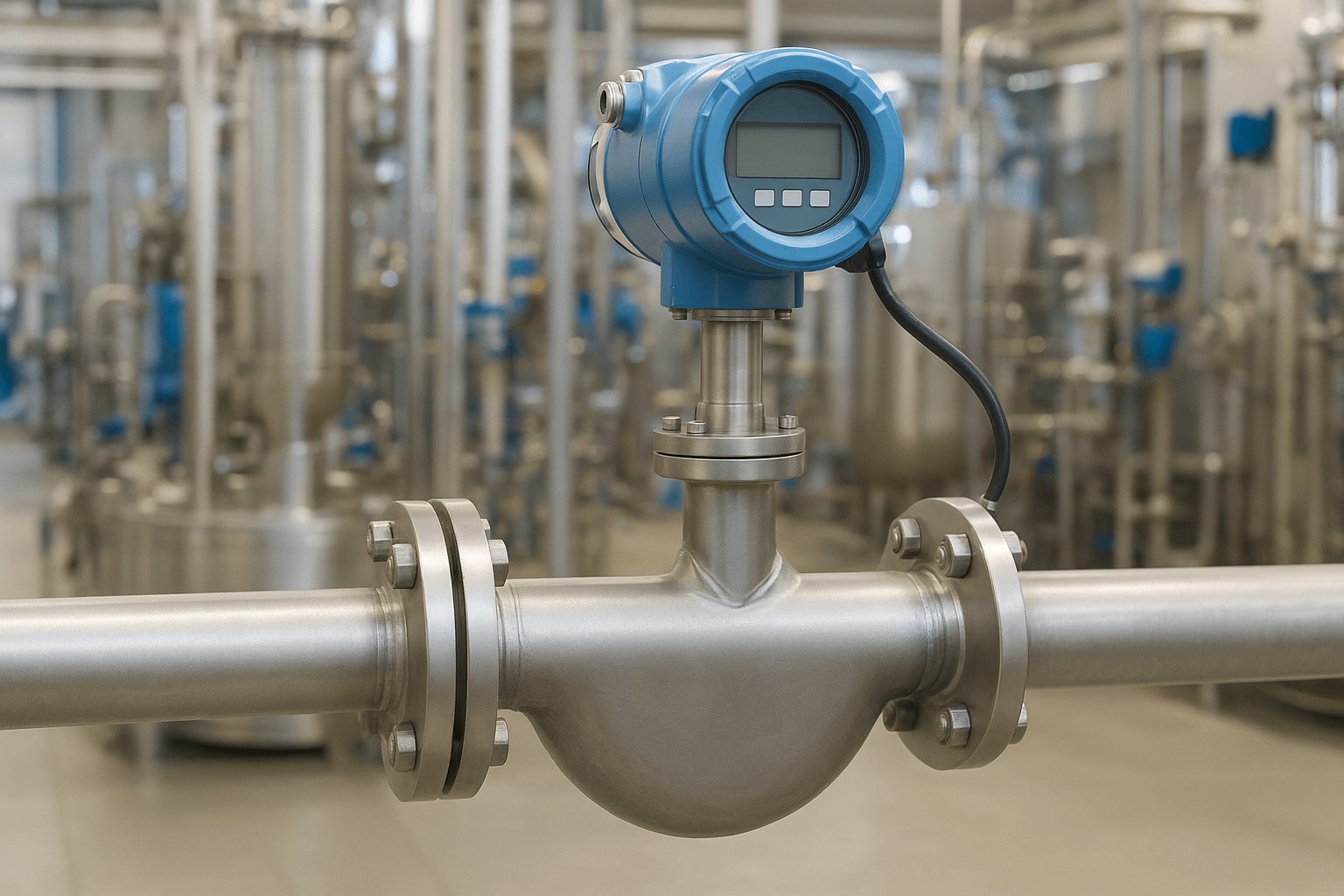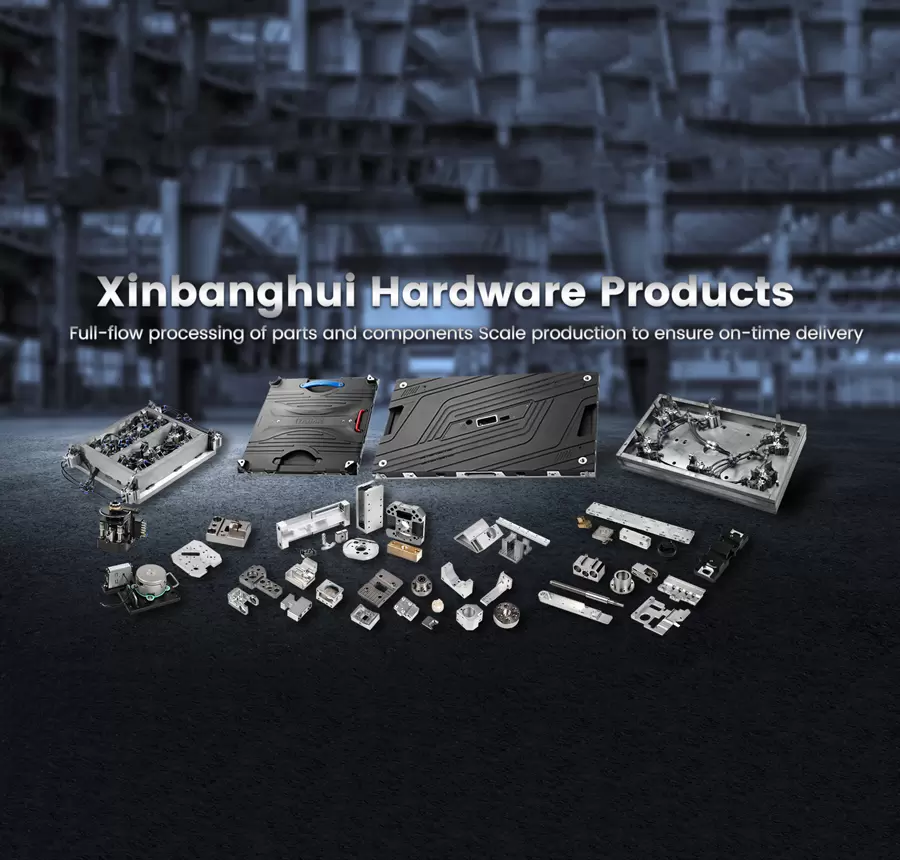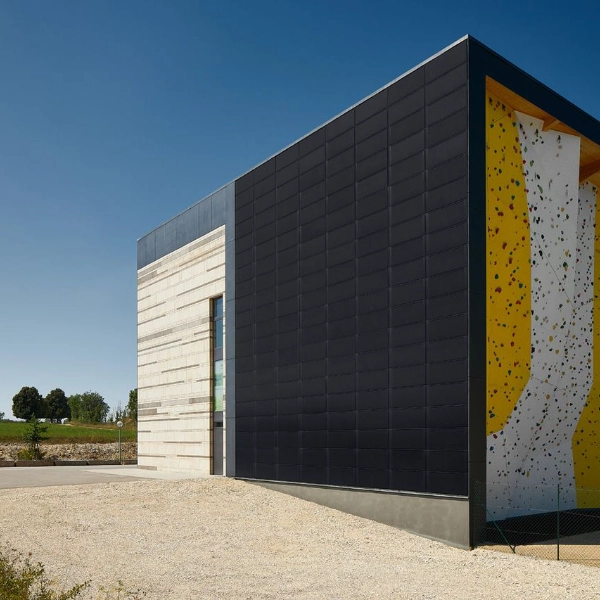The Longevity of Inflatable Tents: Understanding Durability and Maintenance for Optimal Use
Inflatable tents have gained significant popularity in recent years, offering a unique blend of convenience, portability, and ease of setup. However, one of the most pressing questions for potential buyers and users is: How long do inflatable tents last? The answer to this question is multifaceted, involving various factors such as materials, usage, maintenance, and environmental conditions. In this article, we will delve into these aspects to provide a comprehensive understanding of inflatable tent longevity.
- Material Matters: The Foundation of Durability
The lifespan of an inflatable tent largely depends on the materials used in its construction. Most inflatable tents are made from either PVC (polyvinyl chloride) or polyester.
- PVC Tents: Known for their robustness and resistance to wear and tear, PVC tents can last anywhere from 5 to 10 years with proper care. They are less susceptible to UV damage and are often used in commercial settings where durability is paramount.
- Polyester Tents: While lighter and more portable, polyester tents typically have a shorter lifespan, averaging around 3 to 7 years. They are more prone to UV degradation and may require additional UV protection treatments to extend their usability.
- Usage Patterns: The Impact of Frequency and Environment
The frequency of use and the environments in which inflatable tents are deployed play crucial roles in determining their longevity.
- Frequent Use: Tents used regularly, such as for camping trips or outdoor events, will naturally experience more wear and tear. In such cases, investing in higher-quality materials and designs can significantly enhance durability.
- Environmental Factors: Exposure to harsh weather conditions—such as intense sunlight, heavy rain, or strong winds—can accelerate the degradation of tent materials. For instance, prolonged exposure to UV rays can weaken the fabric, while moisture can lead to mold and mildew growth. Therefore, it is advisable to store inflatable tents in a cool, dry place when not in use and to avoid setting them up in extreme conditions.
- Maintenance: The Key to Prolonging Lifespan
Proper maintenance is essential for maximizing the lifespan of inflatable tents. Here are some practical tips:
- Cleaning: Regularly clean the tent with mild soap and water to remove dirt and debris. Avoid harsh chemicals that can damage the fabric.
- Drying: Always ensure the tent is completely dry before packing it away. Storing a wet tent can lead to mold growth and fabric deterioration.
- Repairs: Address any punctures or leaks promptly. Most inflatable tents come with repair kits, and timely repairs can prevent minor issues from escalating into major problems.
- Storage: Store the tent in a cool, dry place, away from direct sunlight. Use a breathable storage bag to prevent moisture buildup.
- Technological Advancements: Innovations in Tent Design
Recent advancements in tent technology have also contributed to the durability of inflatable tents. Manufacturers are increasingly using high-quality, UV-resistant fabrics and reinforced seams to enhance longevity. Additionally, some models now feature integrated air beams that provide better structural integrity and resistance to punctures.
- Conclusion: Making an Informed Decision
In summary, the lifespan of inflatable tents can vary widely based on materials, usage, environmental conditions, and maintenance practices. While PVC tents may last up to a decade, polyester options typically offer a shorter lifespan. By understanding these factors and implementing proper care, users can significantly extend the life of their inflatable tents.



